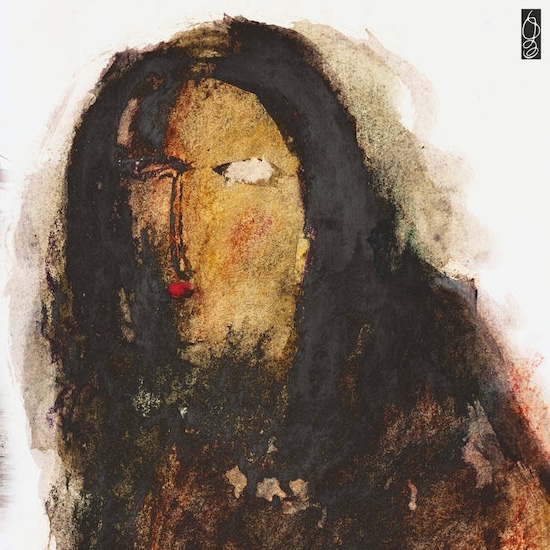Iran is astonishingly diverse: from the semi-tropical north, infused with cultural echoes from Russia, to the vast central deserts adorned with domes and a backdrop of Persian mysticism and poetry, from the cold mountainous towns in the Kurdish-Azeri west to the hot and humid lands with Afro-Arab cultural elements in the south. Despite the majority being Persian, there exist tens of languages, hundreds of dialects, and thousands of accents within the country, and the music scene reflects a blend of classical, folklore, and popular genres akin to India and China. While Iranians enjoy their own Iranian classical music with its more complicated, dynamic, and institutionalised character, folk music genres are extremely varied in number and relatively well-documented through ethnomusicological efforts. Reinterpretations of folklore genres have spanned various styles from Western classical, jazz, Iranian classical, pop, rock, blues, to even rap and hip hop.
The self-titled debut album composed by the Vienna-based Iranian band HUUUM is another effort to rethink the folklore musics within Iran. One should differentiate the perception of a Western listener of a record like HUUUM from that of an Iranian. For the former, the album is most probably a source of exotic and unexplored tunes performed in an experimental jazz-electronic frame, or as the artists like to label it, “futurist folk”. The folklore genres are a valuable asset for band members to create the oddity needed for their avant-garde style. These genres, spanning from Southern music on the track ‘Yezle’ to Baluchi on ‘Āzmān’ and the Khorasani-influenced ‘Bahre Tavil’, unravel a huge source of inspiration for any modern musician. The fusion aims to be ecstatic, and in a few cases, it is dense and complicated. Probably, in the ears of a Western listener, neither the electronic rhythmic addition nor the pre-existing wind instruments’ techniques sound any more avant-garde than the average experimental jazz or electronic records. What is avant-garde for a non-Iranian listener is probably the unfamiliarity of the folklore modes, techniques, and melodies.
From the perspective of an Iranian listener, however, HUUUM stands on the exact opposite side, with the “local” influences sometimes being too familiar. One can hardly identify compositional processes on the melodies and modes, unlike some earlier in-depth readings of folkloric genres, in terms of new harmonies, melodic variations, technical performative creativities, and formal inventions. In HUUUM, the musicians have decided to use the local materials just as they are, in many aspects, and the reinterpretation is expressed in a fusion of different technics, electronic additions, and some rhythmic plays to create a sense of ecstasy and hypnosis. What might sound new to the Iranian listeners is the jazz-electronic-avant-garde side and the performative ways in which the melodies are skewed to a grotesque, mysterious, and –somehow – primitive character, and possibly, the extent of self-exoticism found in the pieces (one may even critically coin it as a king of self-orientalism).
While HUUUM has its very own exciting moments, and whether we embrace this self-exoticism or criticize it, it is the embodiment of a complicated question: what is it that makes something avant-garde – in what context, and for whom?


